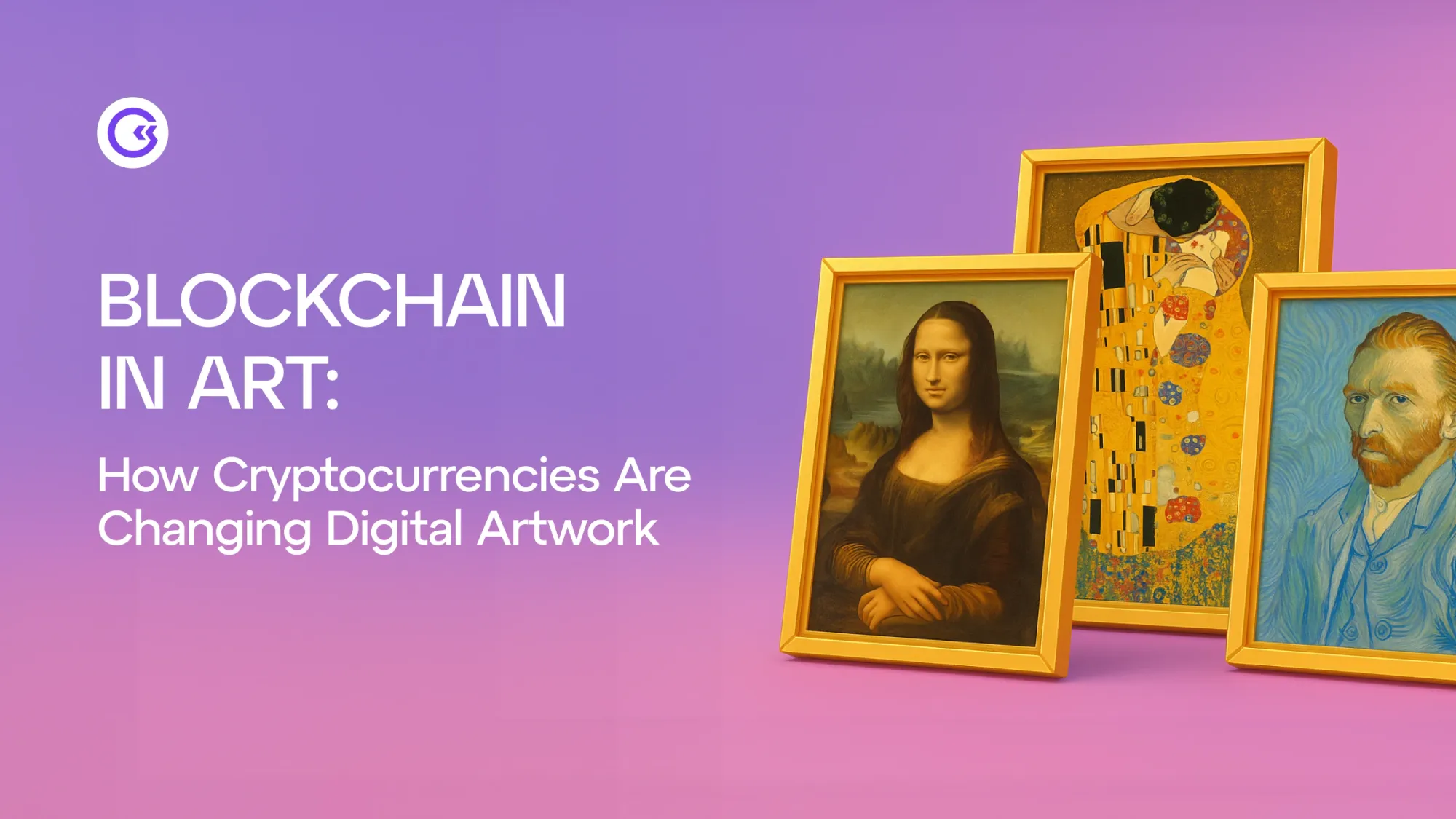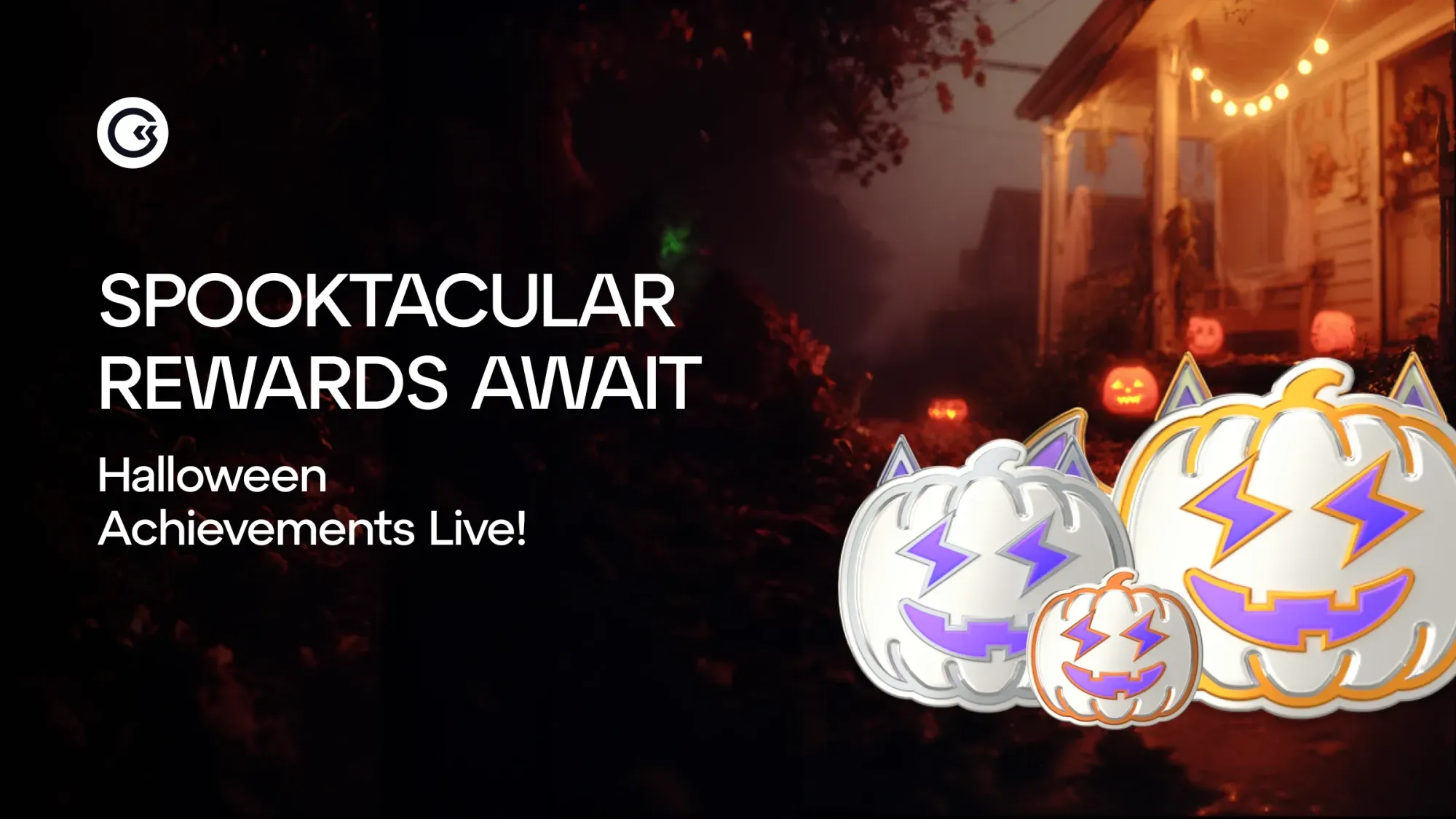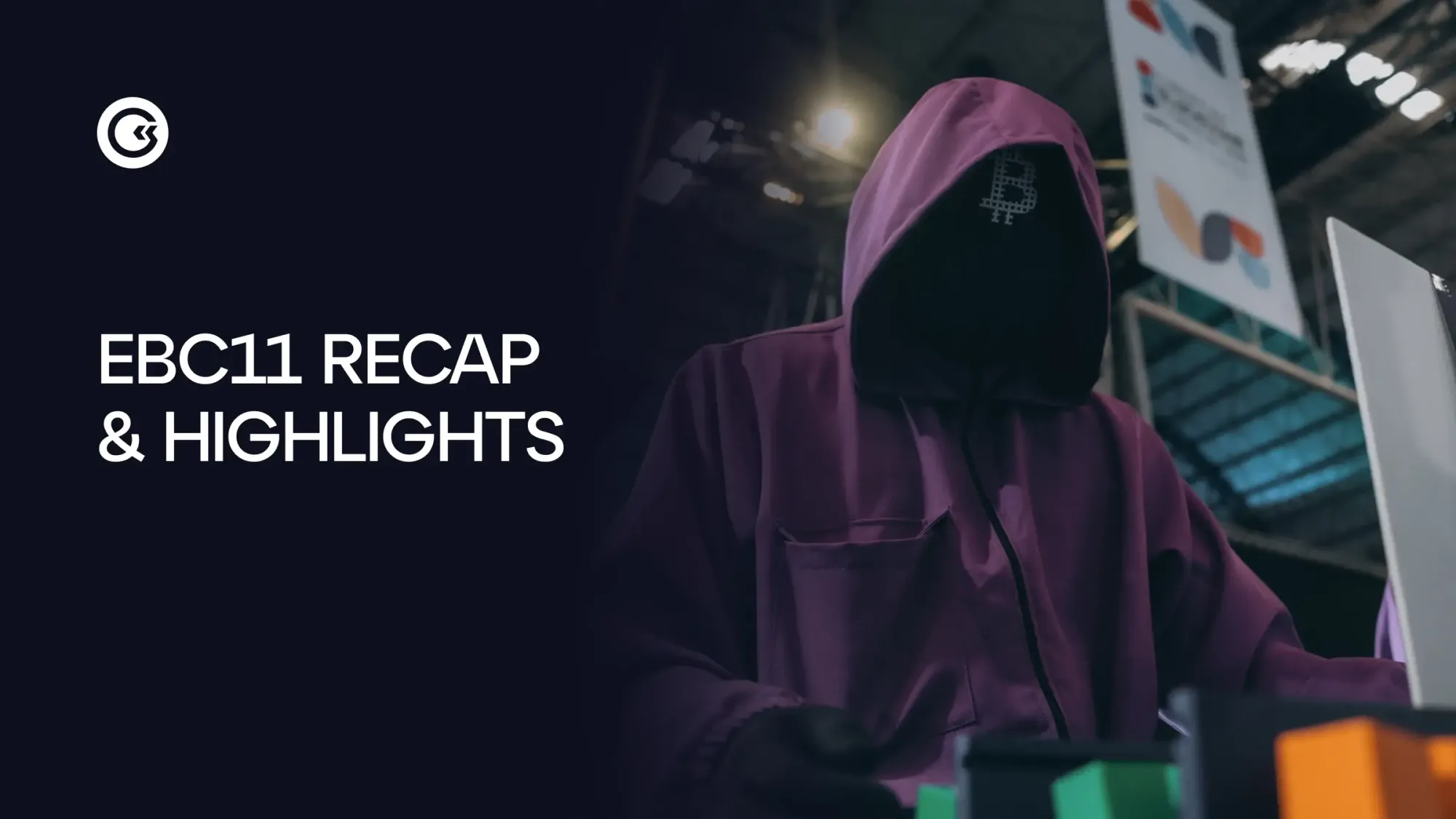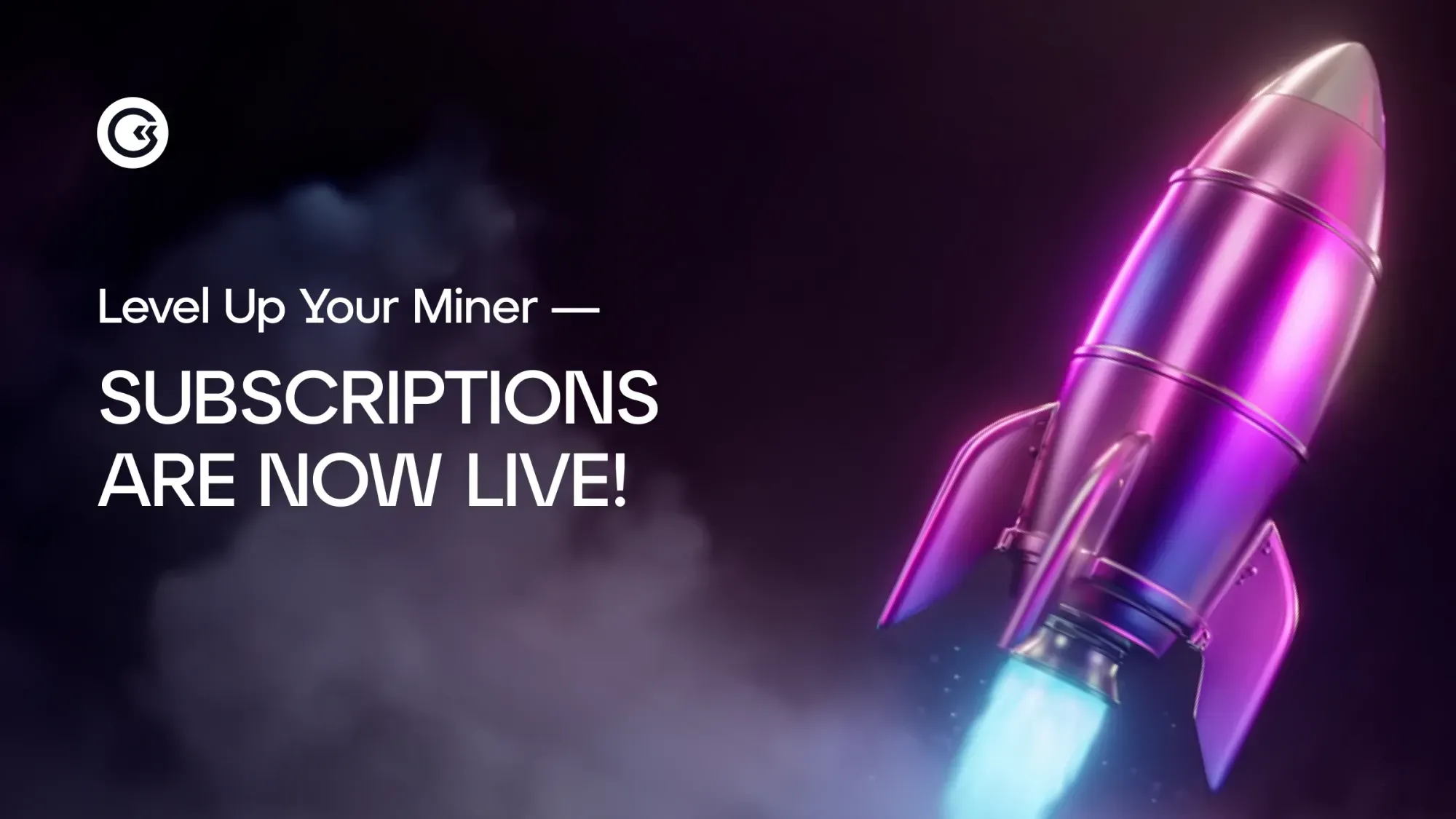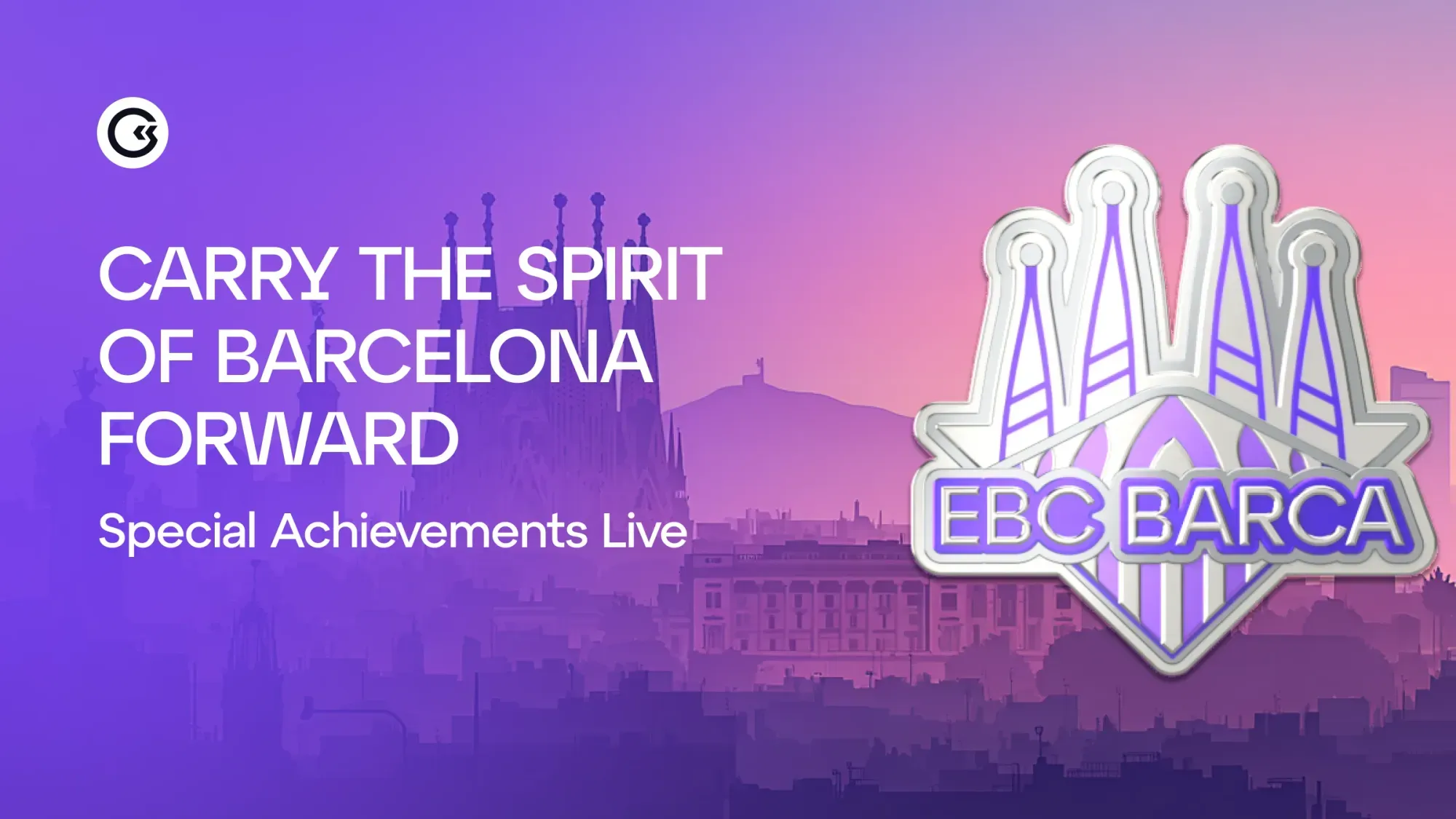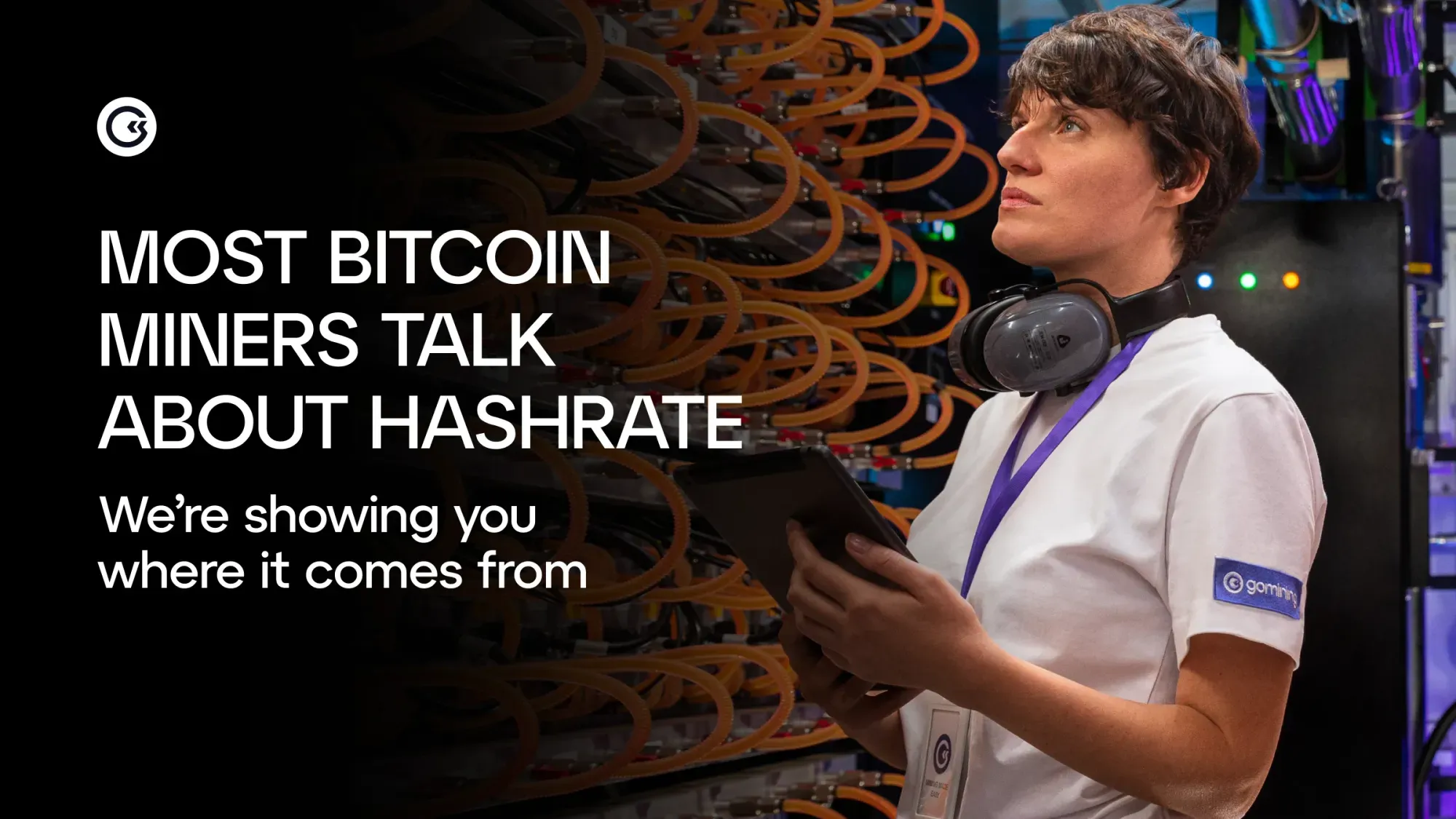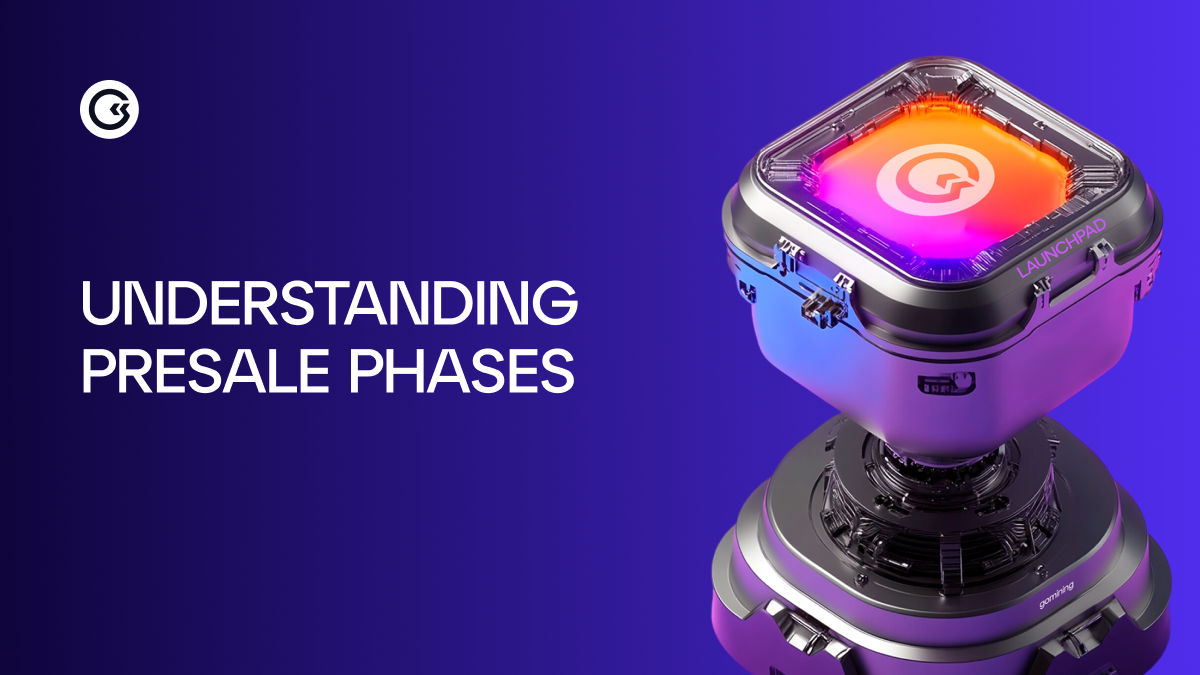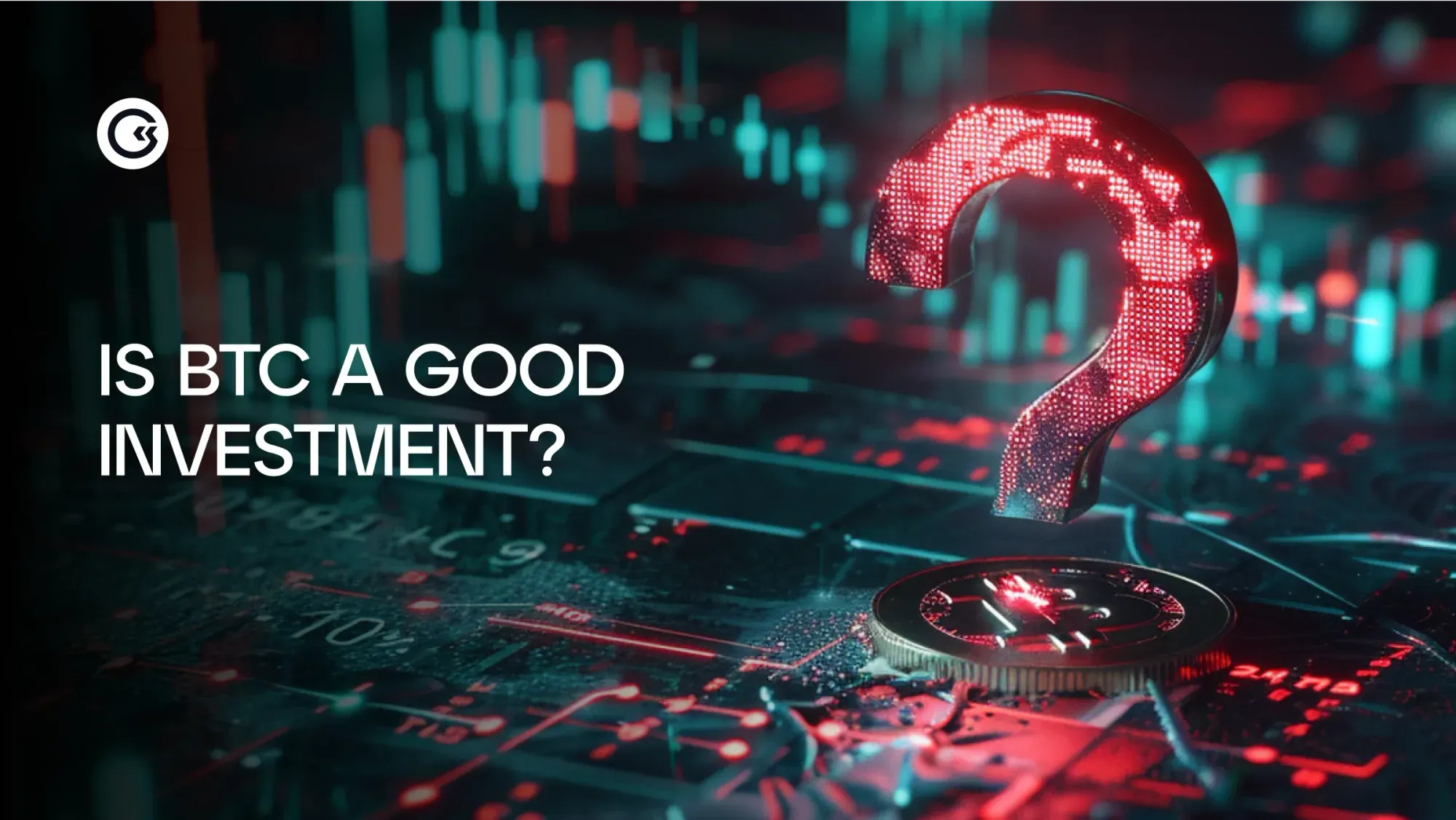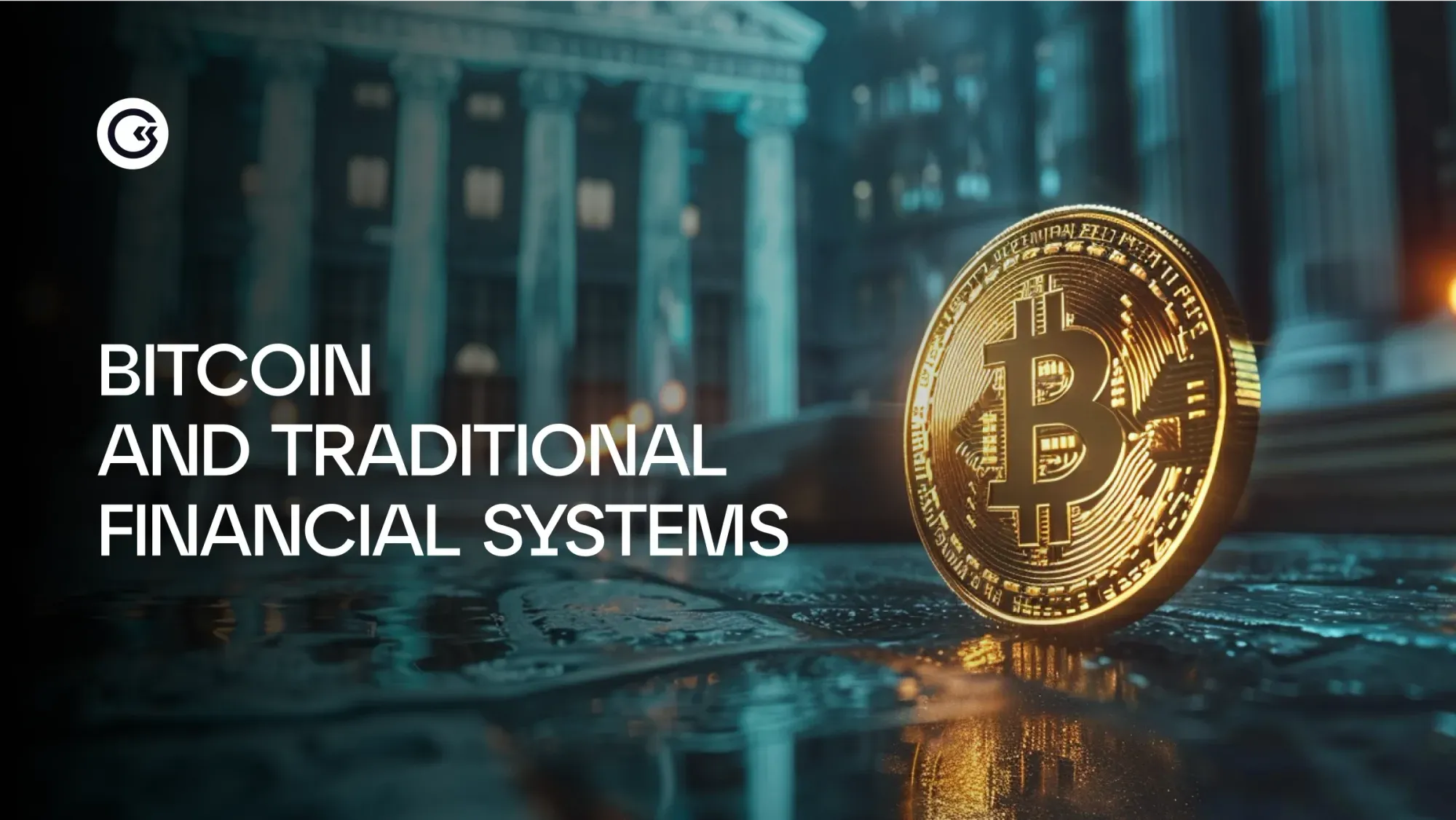For centuries, the art world has been shaped by galleries, museums, and auction houses — places where reputation and exclusivity dictated value. Today, something entirely different is happening. Crypto art, digital artwork crypto marketplaces, and blockchain artwork platforms are transforming how art is created, owned, and traded.
The art world has always thrived on exclusivity. Prices were often decided behind closed doors, with a handful of galleries, collectors, and insiders setting the tone. Value came down to reputation, scarcity, and who you knew.
Cryptocurrency is shaking up that hierarchy. With blockchain, ownership and provenance can sit on a transparent ledger instead of hidden in backroom deals. Digital art platforms powered by crypto let artists skip the gatekeepers, connect directly with collectors, and even earn royalties each time their work changes hands.
From Beeple’s record-breaking NFT sale at Christie’s to independent artists selling Bitcoin art on OpenSea, the blend of technology, creativity, and cryptocurrency is rewriting the rulebook.
And it’s no surprise the crypto community has jumped in with enthusiasm. Known for its energy and playful culture, it’s brought a surge of momentum to digital art — the kind usually reserved for a bull run.
In this article, we’re going to be having a look at how blockchain in art is opening up access, giving more power to artists, challenging traditional hierarchies, and sparking both excitement and debate across the global art scene.
Intersection of Art, Technology, and Blockchain
Art has always kept pace with new tech. Photography changed what we thought was possible. Digital installations opened up whole new ways of seeing. Even AI has sparked fresh debates about who really “makes” the work.
Blockchain is just the next step in that story. Instead of arguing about whether a banana taped to a wall is art, the question now is whether an NFT of that banana holds any real value.
Crypto thrives on hype, signals, and speculation. Art thrives on meaning, authorship, and expression. When they overlap, you get a space where collectors and crypto fans actually share common ground.
The Upside
For artists, crypto feels like unlocking your own studio — with the gallery doors already open. No waiting for a curator’s approval or handing over a big cut to middlemen. With blockchain platforms, artists can mint their own work, set their own rules, and sell straight to collectors. That means more independence and new ways to make a living that just didn’t exist before.
Collectors get something different too: built-in transparency. Every transaction and record of ownership sits openly on the blockchain. No smoke and mirrors, no fuzzy paper trails — just clear, traceable history. Plus, fractional ownership has shaken things up. Instead of needing millions, you can buy a slice of a high-value piece alongside others. It’s like crowdfunding, but for culture instead of gadgets.
And then there’s accessibility. The traditional art world revolved around a handful of cities, and if you weren’t there, you were out. Crypto art doesn’t care where you live.
The Downsides
It’s not all sunshine and neon-pink NFTs. One of the toughest parts of crypto art is volatility. You might buy a piece when Bitcoin’s at $40,000, only to see it drop to $20,000 weeks later. The art itself hasn’t changed — but your investment has halved. That kind of rollercoaster makes plenty of collectors uneasy.
Then there’s the environmental question. For years, crypto mining — especially Proof-of-Work — burned through energy at a staggering rate. Minting a single NFT could leave a carbon footprint big enough to power a home for days. Things are improving as the industry moves towards greener models like Proof-of-Stake, but the reputation issue is still there. For many, art should inspire, not pollute.
And finally, the hype. The NFT boom created headlines but also bubbles, wash trading, and inflated prices. At times, it felt less like a cultural movement and more like a casino. If crypto art wants to stick around, it needs more than excitement. It needs stability, legitimacy, and maybe a little less FOMO.
Traditional Art Market: Challenges and Limitations
For years, getting your art seen meant playing by the gallery system. You’d need to find representation, wait for the right show, and hope the right people took notice. And even if they did, the cut was steep. Galleries and auction houses often take 30–50% of the final sale price.
That means months of work poured into a painting or sculpture, only to watch half your earnings vanish. For many artists, that’s the cost of “legitimacy.” But it’s also a system that leaves most of the power — and profit — in the hands of intermediaries.
Lack of Transparency in Pricing and Provenance
Tracing the history of an artwork can feel more like detective work than collecting. Who owned it first? How many times has it changed hands? Was it sold for $10,000 — or $100,000?
In the traditional market, these details are rarely clear. Collectors often rely on trust, rumours, or the reputation of the seller. For artists, it’s just as frustrating. Once a piece leaves the studio, they might never know where it ends up, or what it’s worth years later.
That lack of visibility leaves space for inflated prices, shaky authenticity, and sometimes even fraud.
High Barriers for Emerging Artists
Breaking into the art world can feel less like opening a door and more like scaling a wall without a ladder. Without the right connections — a dealer backing you, a curator giving you a slot, or the support of an artist collective — it’s hard to get noticed.
Even with talent and determination, many new artists end up stuck on the sidelines, watching the same established names dominate galleries and auctions. The system is rigid, and while a lucky break can happen, it’s rare.
Global Accessibility Issues for Buyers and Collectors
Collectors outside the big art hubs face their own hurdles. Imagine being an art lover in Nairobi, São Paulo, or Jakarta. You’ve saved to buy something meaningful, but the biggest auctions are in New York, London, or Paris.
Then come the extras: currency conversions, cross-border rules, tricky shipping, and sometimes even being excluded from bidding altogether. The result? The global art market often feels built for a small circle, not the many who’d love to take part.
For something as universal as art, the traditional system has stayed surprisingly closed off by geography and money.
The Role of Cryptocurrencies in Transforming the Art Market
Cryptocurrencies cut out the middlemen. An illustrator in Lagos can sell straight to a collector in Berlin, with payment settling almost instantly. No waiting weeks, no passing through layers of agents and auction houses. It’s faster, fairer, and gives artists more control over their work and their income.
In the traditional art world, galleries and agents often take 30–50% of the final sale. With blockchain, transaction fees are only a fraction of that. Artists keep more of their earnings, and collectors get fairer prices. The result? A marketplace that feels healthier and more transparent for everyone involved.
Because crypto is borderless, blockchain art platforms open up a truly global market. Anyone with a digital wallet can bid, buy, or trade — no matter where they live or what currency they use. That means artists can connect with audiences far beyond their local scene, and collectors can access work they’d never otherwise see.
For artists in places with limited banking access or restrictive currency systems, crypto can be a game-changer. By minting and selling their work as digital assets, they can bypass barriers, earn in currencies that hold value worldwide, and gain visibility on international platforms. For many, it’s not just a new way to sell — it’s a lifeline to financial independence and recognition.
NFTs and Digital Ownership in Art
NFTs (Non-Fungible Tokens) are unique digital assets stored on the blockchain. Unlike Bitcoin or other cryptocurrencies, no two are the same. In the art world, that matters because an NFT doesn’t just show that a file exists — it shows who owns it. That proof of ownership is what turns a digital artwork into something collectible with real-world value.
When an artist “mints” a piece as an NFT, it becomes part of the blockchain. That record can’t be altered or erased, which means authenticity and provenance are always verifiable. Buyers can feel confident they’re purchasing something genuine and scarce, even in a medium where copies are otherwise effortless.
NFTs are designed for resale. With smart contracts, artists can set royalties that pay them automatically every time their work changes hands. That creates a revenue stream that simply doesn’t exist in the traditional art world, where resale profits almost always skip the original creator.
The NFT boom has already produced some big moments:
- Beeple’s Everydays: The First 5000 Days sold for $69 million at Christie’s, putting NFTs firmly in the spotlight.
- Platforms like Foundation and Rarible have fostered communities that support emerging creators.
- Generative and tech-driven NFT collections keep growing, showing how technology itself is becoming part of the creative process.
Together, these examples show NFTs aren’t just a new format. They represent a shift in how art is owned, traded, and valued in the digital age.
Advantages of Crypto in the Art Industry
As mentioned, blockchain records can’t be changed. That means no forgeries, no hidden ownership swaps, no backroom deals — just a clear, public record of every transaction.
New Revenue Models for Artists
Smart contracts let artists earn royalties whenever their work is resold. Fractional ownership makes it possible for multiple collectors to co-own a piece, sharing both the cost and the value.
Accessibility for Collectors
Digital platforms open the door to micro-investments. You don’t need millions to join the art market — even smaller bidders can take part.
Integration with Metaverse and Virtual Galleries
The rise of the metaverse is creating new spaces for art. Virtual galleries, immersive VR shows, and social media-driven exhibitions mean collectors can browse digital canvases together, wherever they are in the world.
Risks and Criticisms
Volatility of Cryptocurrencies
Pricing art in Bitcoin or other crypto can be unpredictable. A piece bought at one value might swing dramatically in fiat terms by the time payment settles.
Environmental Concerns
Proof-of-Work mining is notoriously energy-hungry. The move toward Proof-of-Stake systems is helping to cut carbon footprints, but questions about sustainability still linger.
Market Speculation and Bubbles
The NFT boom sparked a wave of hype — with frenzied purchases, inflated prices, and behaviour that looked a lot like insider trading. It left parts of the market feeling more like a casino than a cultural space.
Legal and Regulatory Uncertainty
Copyright, enforcement, tokenised sales — the rules aren’t clear yet. Different jurisdictions treat digital assets in different ways, leaving artists and collectors navigating a grey area.
Case Studies: How Crypto is Used in Art
In 2021, Beeple’s digital collage Everydays: The First 5000 Days sold for $69 million at Christie’s. It was a turning point — suddenly NFTs weren’t just an online curiosity, they were part of the mainstream art world. The sale showed how powerful digital ownership on the blockchain could be.
After Beeple’s success, auction houses like Sotheby’s and Phillips started accepting crypto as payment. It was a signal that centuries-old institutions were ready to meet the digital economy halfway.
Platforms like OpenSea, Rarible, and Foundation let independent creators mint, market, and sell their work directly to a global audience. No galleries, no agents, just artists connecting with collectors — and keeping more of the profits. For buyers, it’s opened the door to discovering voices the traditional system often overlooked.
In regions like Africa and Latin America, blockchain art platforms are breaking down barriers. Artists who once struggled with geography, currency restrictions, or lack of gallery access are now finding recognition and income from international audiences. For many, NFTs aren’t just about innovation — they’re about opportunity.
Want to earn Bitcoin while supporting the digital art revolution?
With gomiing.com, you can earn Bitcoin through cloud mining. Whether you’re an artist, a collector, or just curious about crypto, it’s a way to diversify your assets and grow your portfolio — while being part of the wider digital art community.
The Future of Art in the Crypto Era
The horizon’s wide open:
- DAOs (Decentralised Autonomous Organisations): Communities pooling funds to back artist collectives and new projects.
- Tokenising physical artworks: Adding transparency to the provenance of sculptures, paintings, and installations.
- Crossovers with gaming and AR/VR: Digital art platforms blending with metaverse experiences — where play, investment, and creativity meet.
- Museums on blockchain: Picture The Louvre teaming up with a crypto exchange to host virtual exhibitions of blockchain art.
Conclusion
Blockchain is reshaping the art world — turning it from a closed club into a global marketplace. NFTs, digital assets, and even Bitcoin-backed art are giving artists new ways to thrive, and collectors new ways to connect. Creativity is finding fresh ground to grow.
But balance matters. The boom still faces questions around regulation, sustainability, and speculation. If innovation can move forward hand in hand with responsibility, the next chapter of art history might not be written on canvas — but on the blockchain.
FAQ
What are NFTs and how do they relate to art?
NFTs are blockchain-based tokens that prove ownership of digital or physical artworks. Think of them as certificates of authenticity for the digital age.
How do artists benefit from using cryptocurrency?
They can sell directly to collectors, skip hefty gallery fees, and even earn ongoing royalties when their work is resold.
Can crypto prevent art forgery?
Yes. Because blockchain records can’t be altered, provenance stays transparent — reducing the risk of fraud and forgery.
What are the risks of buying NFT art?
Volatility, speculation, and unclear regulations all pose risks for buyers.
Do museums accept cryptocurrency payments?
Some leading institutions and auction houses already do, and adoption is growing.
How will the metaverse change the way we consume art?
Virtual galleries and immersive experiences will let people explore art anytime, anywhere — no matter where they live.
What’s the future of traditional art galleries in the crypto era?
They’re unlikely to disappear, but they’ll adapt — adding blockchain art, hosting hybrid shows, and embracing digital ownership.
October 13, 2025


